Papacqua Fountain
A stunning fountain depicting a mythological she-goat carved directly into the rocks on the grounds of a Renaissance palace.
Beyond a series of fountain masks adorning a wall just past the Rennaisance-era Chigi-Albani Palace, lies the main monumental façade of the Papacqua fountain.
At the center of this exuberant Mannerist-style fountain is an enormous statue of a goat-legged woman with three infants crawling up her body. She is usually interpreted as simply “Mother,” or “Queen of the Waters,” and may represent the mythical she-goat Amalthea who nurtured the infant Zeus in a cave on a mountain in Crete.
In the background, carved directly in the local peperino rock, mythological figures such as the god Pan, two satyrs, and animals such as goats and owls emerge, providing a bucolic backdrop to the fountain. Another scene presents Moses striking the rock to slake the thirst of the Jews during the Exodus, in between the allegories of the four seasons.
The striking sculptures of the Papacqua fountain embellish the grounds of the Chigi-Albani Palace in the village of Soriano nel Cimino, about 40 miles north of Rome. The palace was designed and built by the architect Ottaviano Schiratti for Cardinal Cristoforo Madruccio in the 1560s. This was during the time when the noble families of Rome were vying for the services of architects and artists to build their private Renaissance villas, such as Villa Lante in nearby Bagnaia, and Villa Farnese in Caprarola. (The Chigi and Albani families owned the palace during the 18th and 19th centuries and it is therefore named after them.)
Know Before You Go
Palazzo Chigi Albani is only open during special occasions, such as the chestnut festival in October.

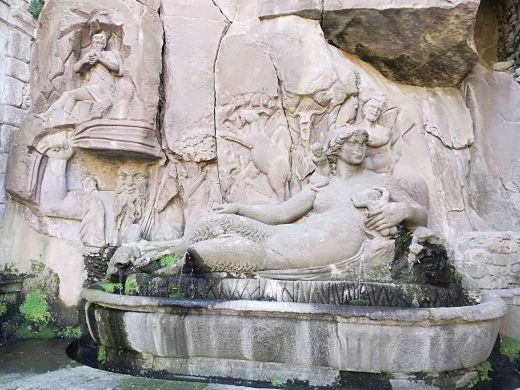
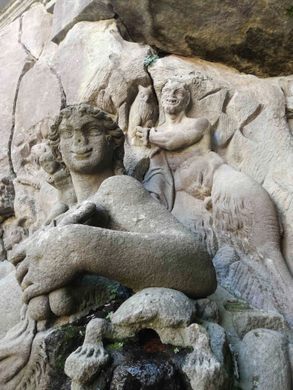
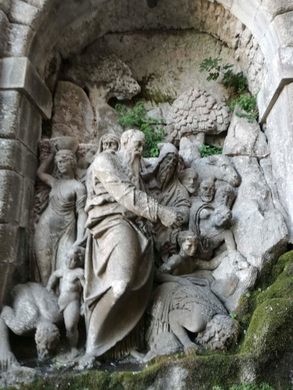
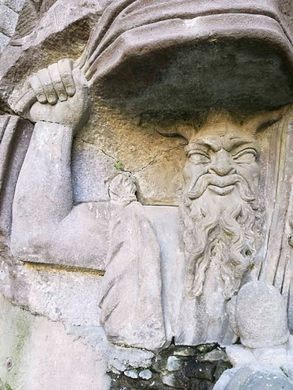

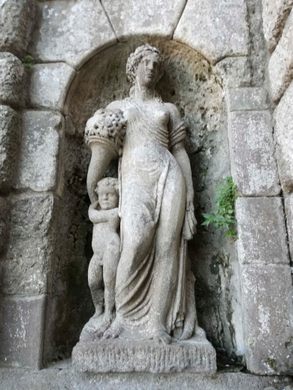



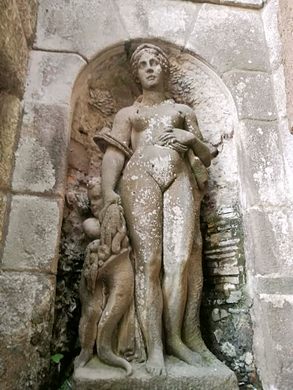



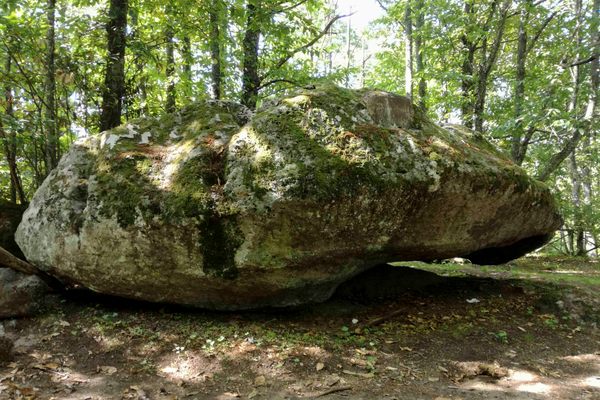
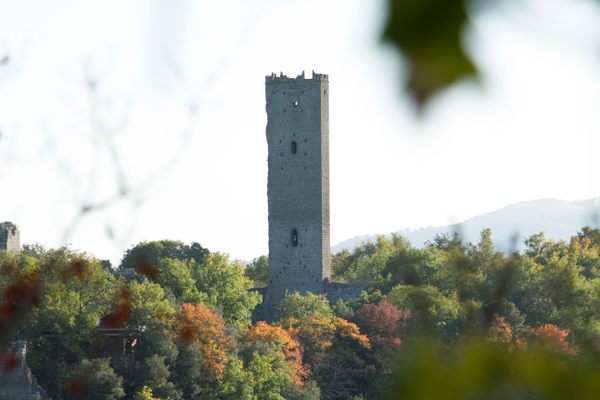
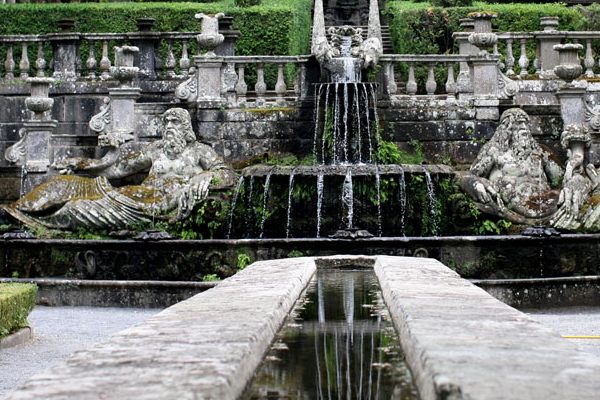

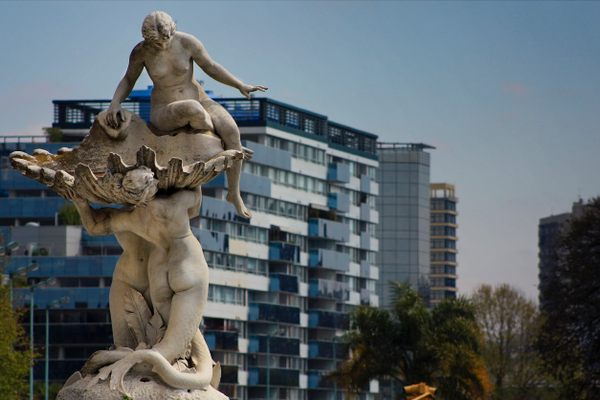

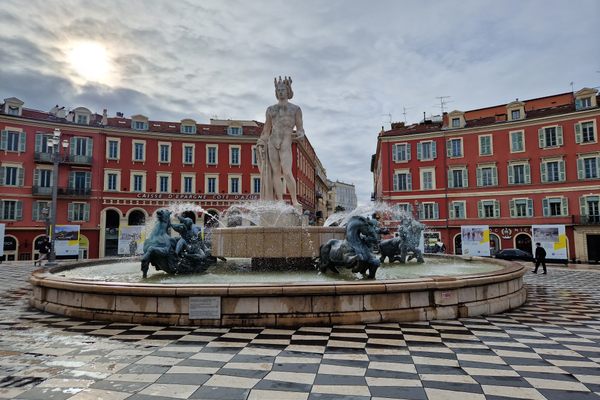


Follow us on Twitter to get the latest on the world's hidden wonders.
Like us on Facebook to get the latest on the world's hidden wonders.
Follow us on Twitter Like us on Facebook